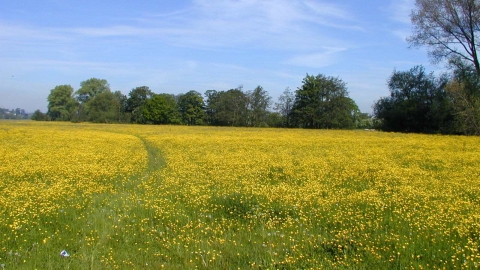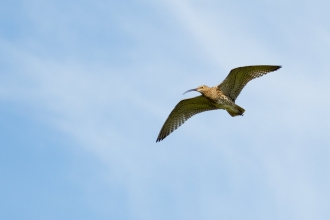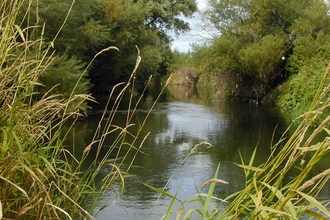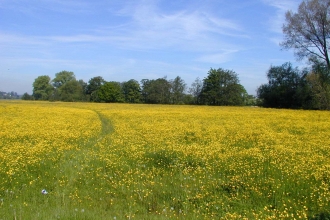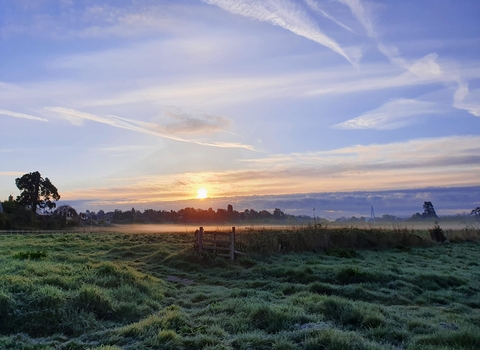Location
Know before you go
Dogs
On a lead between 1st March and 31st July to protect nesting birds as well as when livestock are on site. At all other times please keep dogs under close, effective control.
When to visit
Opening times
Dawn to dusk. Access may be restricted in areas during the bird breeding season.Best time to visit
Spring and SummerAbout the reserve
Upper & Lower Lugg meadows are unique, being living survivors of a land tenure and farming economy system that has disappeared elsewhere. Dating back to the time before the Domesday Book, Lugg Meadow is one of the most important surviving Lammas Meadow (common meadows opened for communal grazing on Lammas Day, the 1st August) in the UK. Ownership of the meadow is still divided, though in medieval times this would have been between dozens of owners with the land doled out in strips, today these have become amalgamated and a handful of different owners own largish parcels of the land.
Over 20 grass species are recorded here as well as a variety of herbaceous plants. Two special plants found here are the snake's head fritillary and the narrow-leaved water dropwort - both nationally scarce. The fritillaries are currently doing well in the reserve, with numbers now over 1,500, and the population slowly spreading. Lugg Meadow is part of the Lower Lugg Valley Living Landscape, a wetland landscape rich in wildlife.
Found at the far north end of Lugg Meadows Reserve is Lugg Mills Island, a four hectare island formed by the confluence of the River Lugg and Little Lugg. Partly flooded over in winter, this riverine habitat supports a range of species. The unpolluted river supports a healthy otter population and over 120 species of river plants are present.
The great expanses of open grassland are an important breeding habitat for curlew and skylark, both of which are in decline in Herefordshire. In times of winter flood, the meadows become a huge and spectacular lake, which is highly attractive to roosting gulls and visiting winter wildfowl, including both wild swans, grey geese, and surface-feeding duck such as wigeon, shoveler, teal and mallard. Birds of prey including peregrine and merlin may be seen hunting over the meadows at this time. In spring and autumn, migrant waders like greenshank, redshank, black-tailed godwit, snipe, lapwing and common sandpiper use the muddy pools and runnels to rest and feed before resuming their journeys.
Species
Contact us
Environmental designation
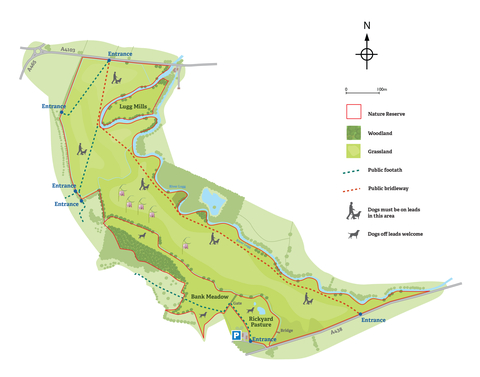
Map of Upper Lugg Meadow showing approximate location of where snake's head fritillaries flower.

